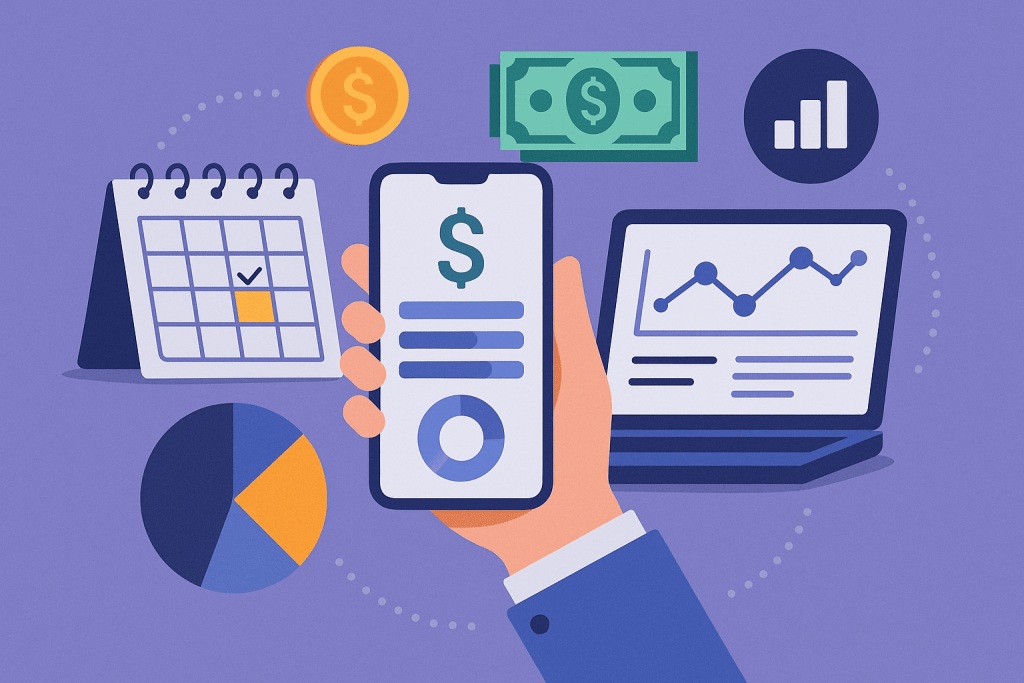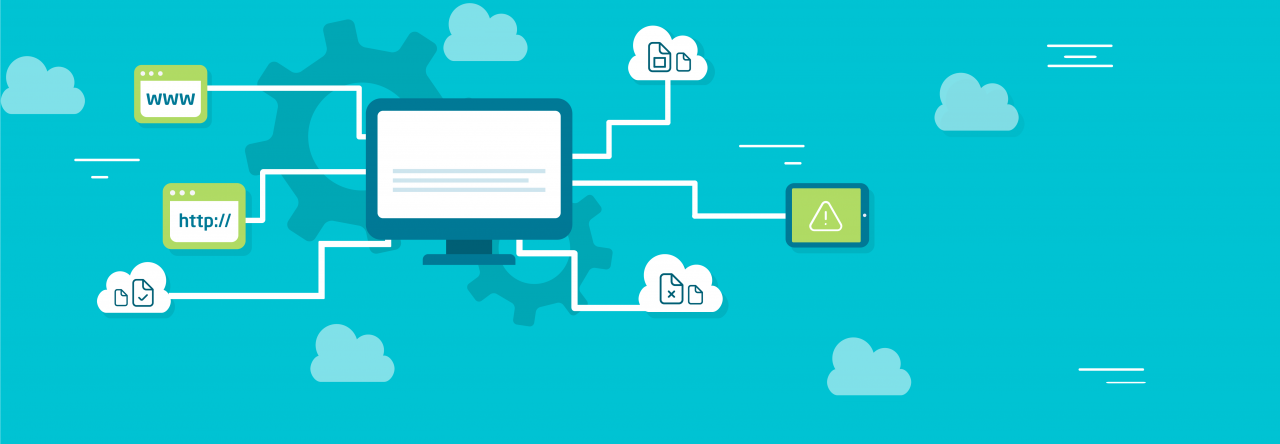
To get your money in order, simply “spending less” is not enough. You need to see the full picture: how much you earn, where exactly your expenses go, which subscriptions are “eating” your budget, and how much you manage to save. Special services and apps help with this. Below is a selection of real tools you can use right now. For convenience, each service includes a link, and any unfamiliar terms are explained in simple words.
Mobile banking apps as the foundation of financial tracking
For most Ukrainians, the first level of financial control is mobile banking apps. Monobank is one of the most convenient options for everyday life. The app offers real-time expense statistics by day and category, cashback, savings “jars,” and deposits. Thanks to this app, you can see how much you spent on food, transport, or entertainment without manually tracking anything.
Cashback means the bank returns part of the money you spent on purchases in certain categories or stores.
Another widespread tool is Privat24 by PrivatBank. Privat24 combines payments, transfers, utility bills, deposits, and cashback in one interface. Essentially, it is a “wallet on your phone” where all your cards and accounts are collected, and the transaction history section helps you track expenses over any period, which itself is already a form of basic accounting.
For those who often travel or work with international payments, Revolut is worth considering — an international financial app with support for multi-currency accounts. The service allows you to store and exchange dozens of currencies, send money abroad, and control expenses in different countries — all in one app. A multi-currency account is a single profile where you can keep several currencies at once and quickly exchange them at the current rate.
Another useful tool for international payments is Wise, which positions itself as a “borderless account.” The service focuses on low-cost international transfers and the ability to store money in multiple currencies while making purchases abroad with minimal fees. This is convenient for personal finances when you earn or spend in different currencies — for example, working for foreign clients or traveling frequently.
Universal apps for budgeting and expense tracking
If banking apps are not enough and you want to see all accounts in one place, specialized budgeting applications can help. Toshl Finance is an example of a service focused on income and expense tracking as well as budgeting. The app allows you to connect bank accounts, track cash, create budgets, and operate with multiple currencies. This means you can see all your financial flows in one interface, even if your cards are issued by different banks and in different countries.
Another popular service is Wallet by BudgetBakers. Wallet positions itself as “all your money in one place”: it syncs with your bank accounts, automatically categorizes transactions, and allows you to create budgets and detailed reports. Automatic categorization means the app instantly assigns each transaction to a category — for example, a supermarket purchase goes into “Groceries,” a mobile bill goes into “Telecom,” and so on — without any manual input.
Advanced budgeting and setting financial goals
If you are ready to approach budgeting more systematically, YNAB (You Need A Budget) is worth considering. The service has its own methodology: every dollar (or hryvnia) you earn must be “given a job” — meaning assigned to a specific goal or spending category. YNAB offers not just a tool but an entire philosophy: instead of reactive spending, you plan ahead and distribute resources consciously. This means your budget is created not after the fact, but in advance — you decide beforehand how much to allocate for rent, transport, entertainment, savings, or debt repayment.
Managing subscriptions and recurring payments
A major issue in modern personal finances is subscriptions — streaming services, cloud storage, additional packages, paid apps. It’s easy to forget what you’re paying for monthly or yearly. Specialized tools help solve this. One of them is Rocket Money (formerly Truebill). The service detects recurring payments, helps track subscriptions, manages budgets, and in some cases even negotiates bill reductions. This means the app displays all your regular payments on one screen and lets you decide which to keep and which to cancel.
For a simpler approach, there are browser-based subscription trackers that don’t require connecting a bank account. For example, TrackMySubs allows you to manually add all your subscriptions, specify the amount, currency, and billing date, and then sends reminders about upcoming charges, showing how much you spend on subscriptions monthly and annually. Another option is Wallos — an open-source web app. It is a self-hosted solution, meaning you can install it on your own server, keeping all financial data privately, and manually track subscriptions, amounts, and billing dates. These services are not tied to a specific bank but help visualize the total cost of all “small” subscriptions, avoid unnecessary charges, and cancel unused services in time.
How to choose your own set of tools
You don’t need to use many tools at once — it’s enough to choose a minimal set that covers your daily financial needs. For some people, this may be a banking app with basic expense analytics; others may prefer a universal budgeting manager that aggregates accounts; someone else may use a separate subscription-tracking solution. The key is that the tools you choose help you understand three things: how much you earn, where your money goes, and how much you can actually save. When this information is always visible, every financial decision — from daily purchases to long-term savings planning — becomes far more conscious and effective.

Leave a Reply